Jackson Drug Company
Introduction
Text-to-speech Audio
Jackson Drug operated for 87 years before closing in 2001. Jim Simpson had originally opened it in the Clubhouse in 1914, and later sold the business to his pharmacist Bruce Porter in 1920. In 1937 the Jackson Drug building was constructed, and quickly became a literal cornerstone of the community. The modern stone ashlar façade was a big change for a predominantly log and wooden clapboard town. In 2010 Porter’s descendants reacquired the building, and in 2018 they reopened Jackson Drug. In 2023, the Jackson Drug business has operated for a collective 92 years.
Images
Jackson Drug
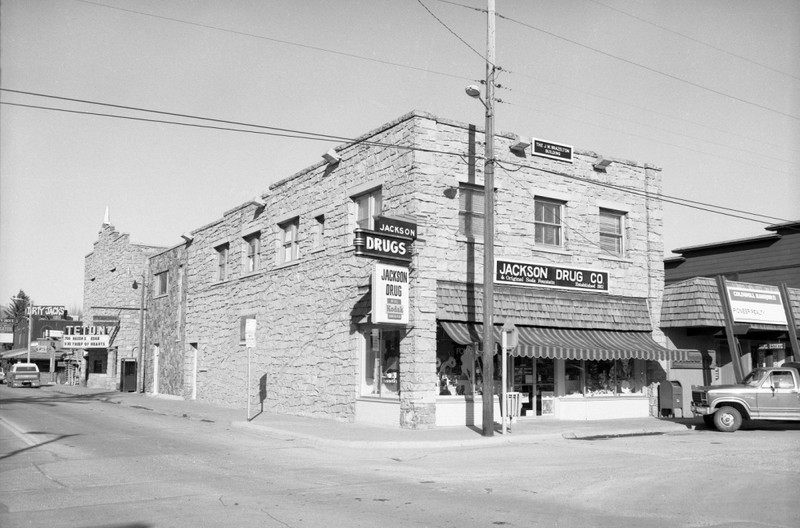
Jackson Drug in Clubhouse
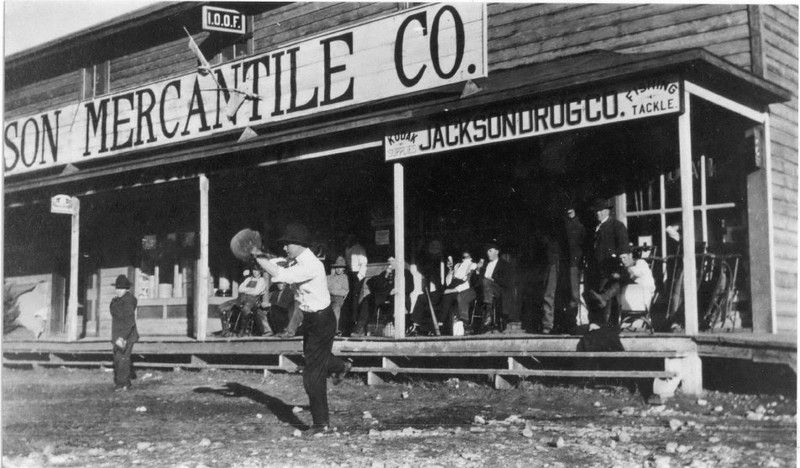
Jackson Drug Clubhouse Interior
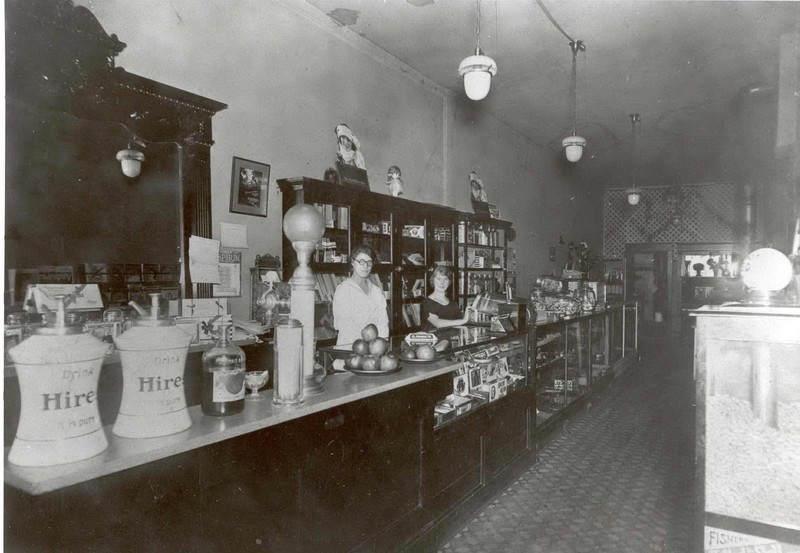
Jackson Drug Clubhouse Exterior
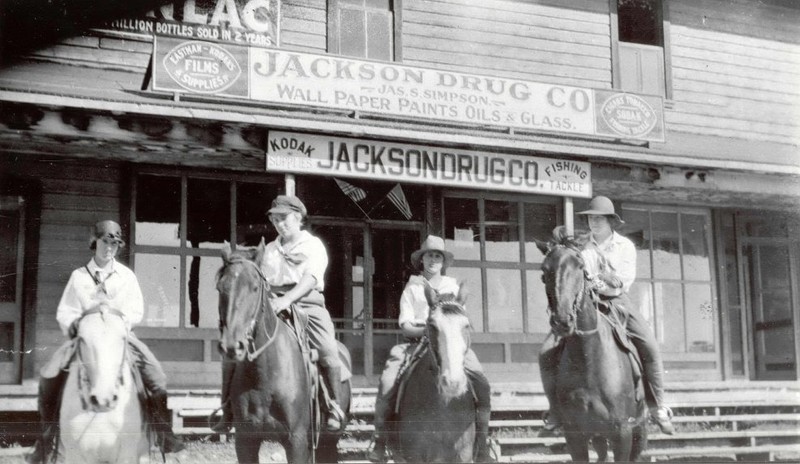
Jackson Drug
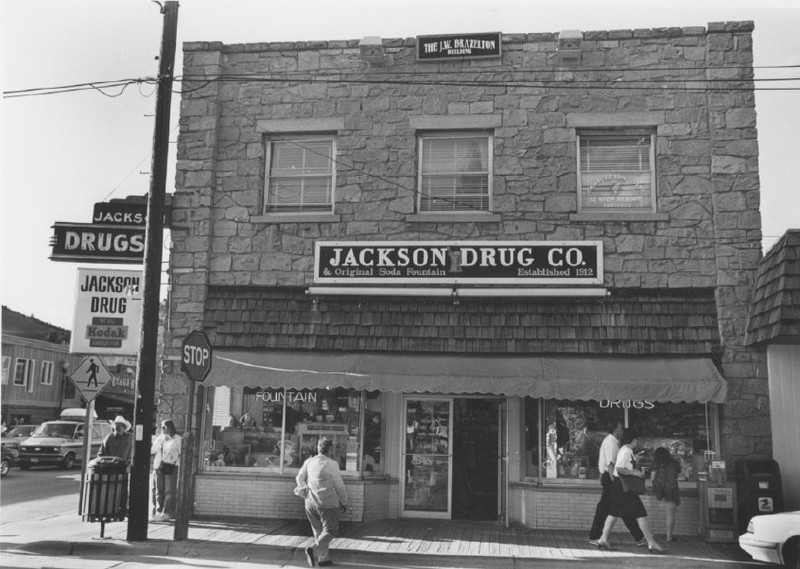
Jackson Drug Interior
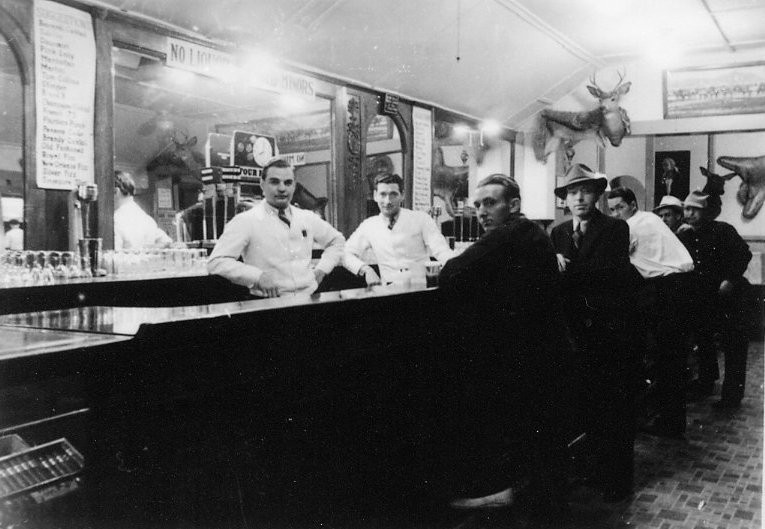
Backstory and Context
Text-to-speech Audio
The Jackson Drug building was built in 1937 by Bruce Porter, with stones quarried near Victor, Idaho and hauled over Teton Pass. The building was spared no expense in building and was meant to literally be a cornerstone business on the Town Square. The “corner drugstore” was a reality in Jackson, and Bruce Porter is one of the town’s most important historical figures. The business itself got its start in the Clubhouse when Jim Simpson opened the first pharmacy in Jackson Hole in 1914. Later that year in July, Bruce Porter was hired to be the first licensed pharmacist. Porter was called away to duty in World War I in 1917, and J.A. Willard was hired to fill in until his own draft in 1918. Porter returned to Jackson in 1919, and resumed his regular role at Jackson Drug. In 1920, Simpson sold Porter the business. For the next two decades, Jackson Drug expanded into most of the bottom floor in the Clubhouse and offered more than just pharmaceuticals. Hand-made ice cream sourced from eggs and cream on nearby homesteads, and hand-made soda were popular with kids and adults.
Porter had a soft spot for children, and carried a variety of school supplies and the best candy he could order to be freighted over Teton Pass. He made sure to open early on school mornings, in case the kids needed supplies. After school he had fresh ice cream and soda ready to catch the kids on their way home. Porter also stocked paint, wallpaper and window glass in addition to jewelry and victrola records. Porter had a side business making picture frames, which was more of a hobby that he enjoyed being able to share with his patrons. He also supplied the rodeos with fresh ice cream and soda.
When the business outgrew the small space in the Clubhouse, the community was shocked when Porter moved only a block away. There were some grumblings about the new location, despite it being on one of the most important corners on the Town Square and arguably more visible and accessible than the old location. The distance between the two businesses was so short, the soda fountain was hand carried down the street. Thanks to his close relationship with the local kids, being slightly more flexible than their elders, they “made the business look busy” according to the local newspaper. This helped bring in the old clientele, who would soon get used to the impressive modern façade.
A few years later, Porter built the Teton Theater in 1941 and supplied moviegoers with candy and soda. He had previously run the Jackson Theater upstairs in the Clubhouse with Stephen Leek. The Teton Theater was built in the same stone ashlar look as the Jackson Drug building, and the pair made an impressive entrance to the downtown and Town Square area for those entering from the north on Cache Street.
In 1978 Porter sold the drugstore business, and in 2001 the drugstore business officially closed. A series of successive owners operated different businesses in the building, until 2010 when Porter’s descendants were able to repurchase the building. In 2018 they were able to reopen Jackson Drug, taking care to keep important original interior and exterior details intact. Jackson Drug once again offers up soda and ice cream to the community.
Sources
Cassity, Michael. "Jackson Drug," Form prepared for the Teton County Historic Preservation Board, 1999.
"Jackson Drug Co.," Jackson Hole News, May 25, 1983.
"Town Square History," Jackson Hole News, May 16, 1974.
Jackson Hole Historical Society & Museum
Jackson Hole Historical Society & Museum
Jackson Hole Historical Society & Museum
Jackson Hole Historical Society & Museum
Jackson Hole Historical Society & Museum
Jackson Hole Historical Society & Museum
